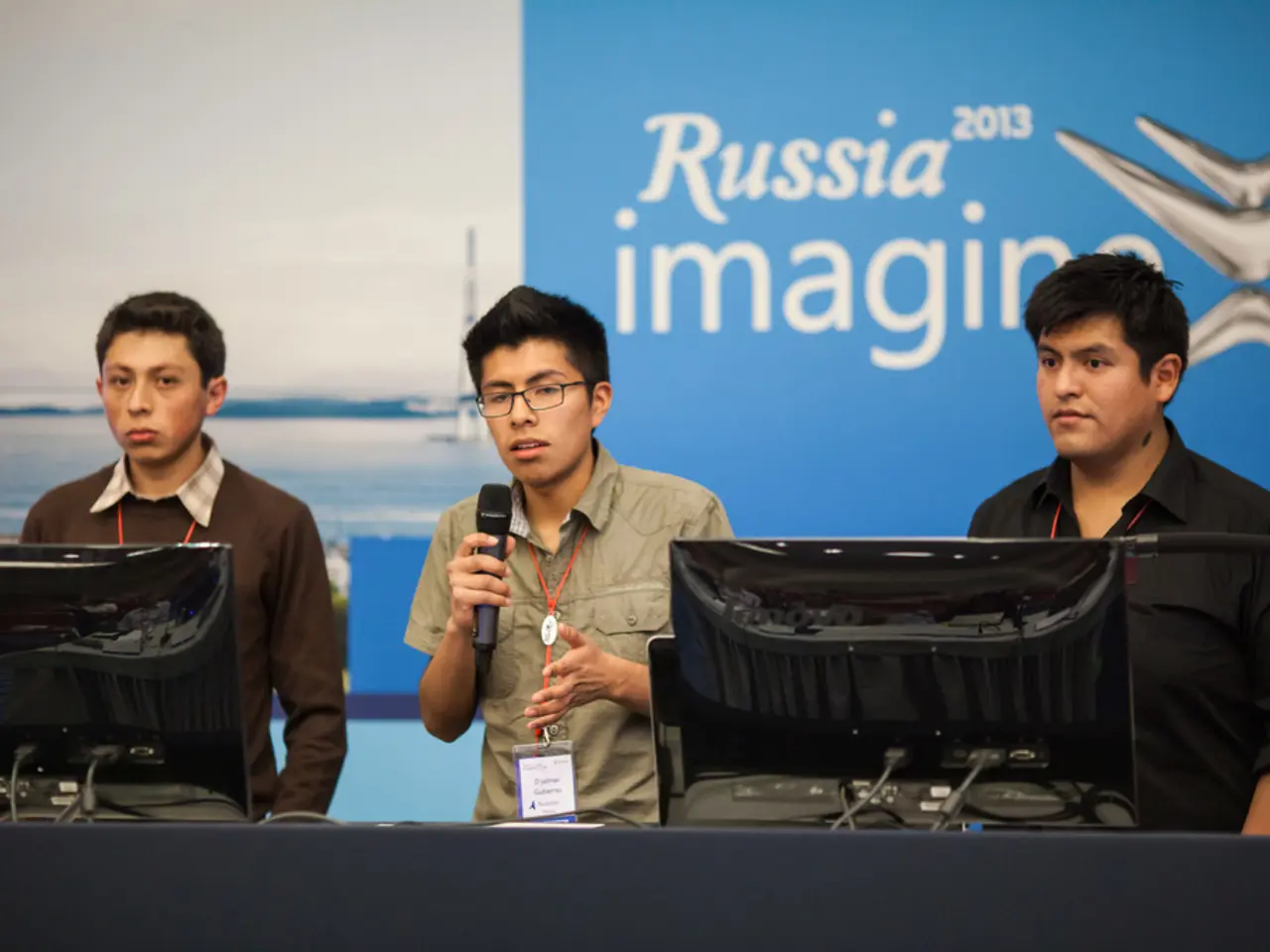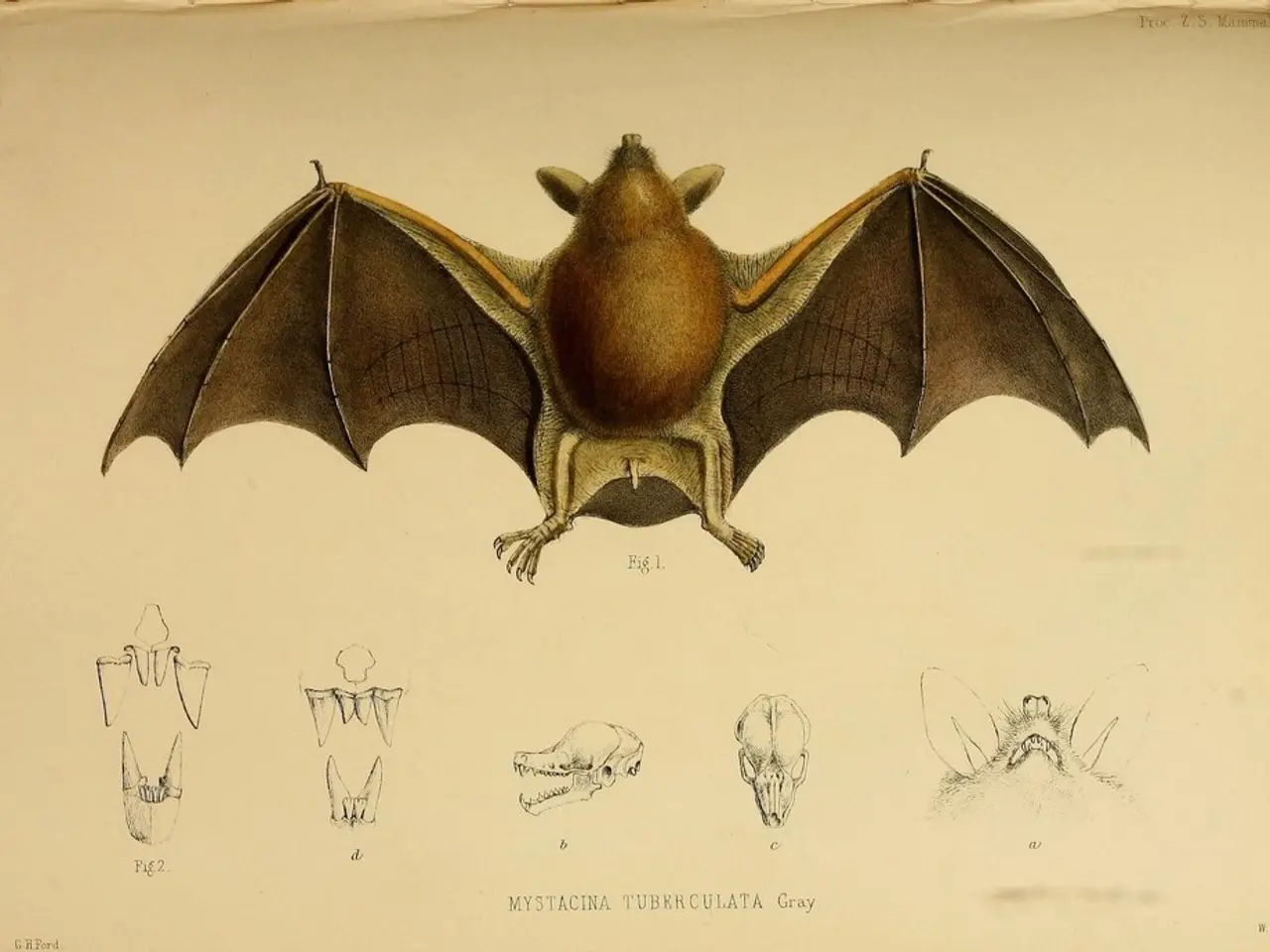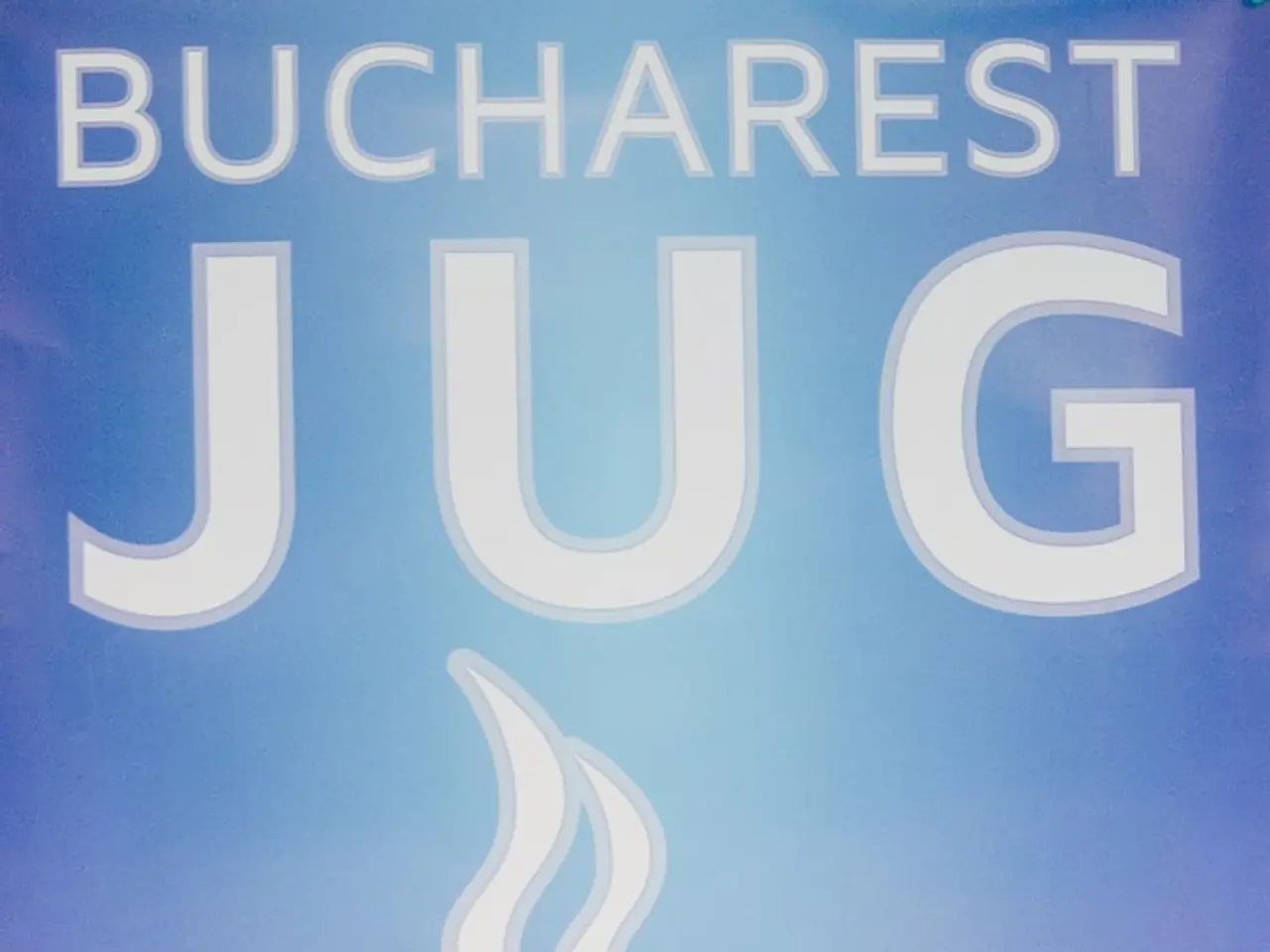Inquiry: What's going on?
Satellite Internet Market in Russia Poised for Growth
The satellite internet market in Russia is gearing up for significant growth in 2024 and 2025, driven by global trends in technology advancements and increasing demand for connectivity in remote areas.
Market Growth and Drivers
The global satellite internet market is projected to expand rapidly, with estimates suggesting an increase from around USD 12-14 billion in 2025 to over USD 25-33 billion by 2030. Key factors fueling this growth include the expansion of Low Earth Orbit (LEO) satellite constellations, rising demand for internet in rural and remote areas, integration with new technologies, and partnerships between satellite providers and telecom companies.
Leaders in the Market
Major players in the global market, which also influence the Russian market, include SpaceX Starlink, Viasat, Inc., Hughes Network Systems, LLC, EchoStar Corporation, and SES S.A. Starlink, with over 6,500 satellites launched by mid-2024, has been particularly active in expanding coverage and capacity, benefiting highly underserved regions such as Russia’s vast rural areas.
Specific Factors Affecting Russia
- Cost: While satellite internet tends to be more expensive than traditional broadband, it is becoming more affordable due to technological advances and increasing competition among providers. However, costs in Russia may still be influenced by import tariffs, infrastructure costs, and currency fluctuations.
- Quality: Improvements via LEO constellations promise lower latency and higher bandwidth, enhancing overall user experience. This is especially beneficial for Russian users due to uneven terrestrial internet quality and reach outside major cities.
- Regulatory Environment: Russia has a stringent and evolving regulatory framework around satellite communications. Licenses, spectrum allocation, and compliance with national security considerations continue to affect deployment speed and scale. Local partnerships and government approval processes may pose delays or operational challenges for foreign satellite providers.
- Challenges: These include harsh weather conditions, geographic obstacles, competition from terrestrial providers, regulatory complexity, and potential geopolitical tensions influencing satellite cooperation and equipment imports.
Outlook for 2024 and 2025
- The Russian market will likely rely heavily on LEO satellite providers like Starlink to close the rural-urban digital divide.
- Continued government and private sector investment can enable infrastructure upgrades and hybrid models to improve reliability.
- Regulatory adaptations may facilitate faster rollouts but will require negotiation and alignment with national policies.
- Costs are expected to gradually decrease, with quality and service consistency improving via satellite network densification and technology upgrades.
Satellite Internet Providers in Russia
- The top three leaders in the Russian VSAT market by the end of March 2024 are AO "RTKomm.RU" (part of PAO "Rostelecom"), AltegroSky Group, and LLC "Eutelsat Networks" (Konnect).
- The segment of satellite broadband for individuals had 127.6 thousand users by the end of 2024.
- The equipment for a VSAT station costs approximately 40,000 rubles.
- The unlimited monthly cost for "Tricolor Internet" is 3490 rubles, with speeds of 10 to 40 Mbps for incoming traffic and 5 to 10 Mbps for outgoing traffic. The minimum monthly cost for "Tricolor Internet" prepaid tariffs is 900 rubles, with speeds of 10 to 100 Mbps for incoming traffic and 3 to 10 Mbps for outgoing traffic.
- Sales of "Tricolor Internet" satellite internet services increased by 2.4 times in the second quarter of 2025 compared to the same period in 2024.
- Anastasia Bidzhela, director of development and operation of communication services at IT-integrator "Telecom Bourse", agrees that the market is dynamically growing. She attributes the increase in demand to frequent local outages of traditional communication channels and the need to have connectivity in hard-to-reach places.
- Daniil Nirman, head of "Tricolor Internet", stated that the increase in interest is a reaction to leaving familiar communication channels.
- Legislators have proposed the development of a federal program for the creation of a network of public Wi-Fi access points to increase the availability of wired internet, especially in small villages and public places.
Overall, Russia’s satellite internet sector in 2024-2025 is positioned at a transformative stage, benefiting from global technological shifts yet moderated by unique local regulatory and operational challenges. The market growth aligns closely with international trends in the adoption of LEO constellations and strategic partnerships aimed at expanding connectivity to underserved regions.
Data-and-cloud-computing technologies will play a crucial role in facilitating the growth of the satellite internet market in Russia, as improvements in satellite network efficiency, service quality, and cost-effectiveness depend on advancements in computing and storage solutions. Moreover, the integration of satellite internet with cloud services will help businesses and individuals in remote areas access the digital resources they need to thrive, thereby contributing to Russia's overall technological development and economic growth.




